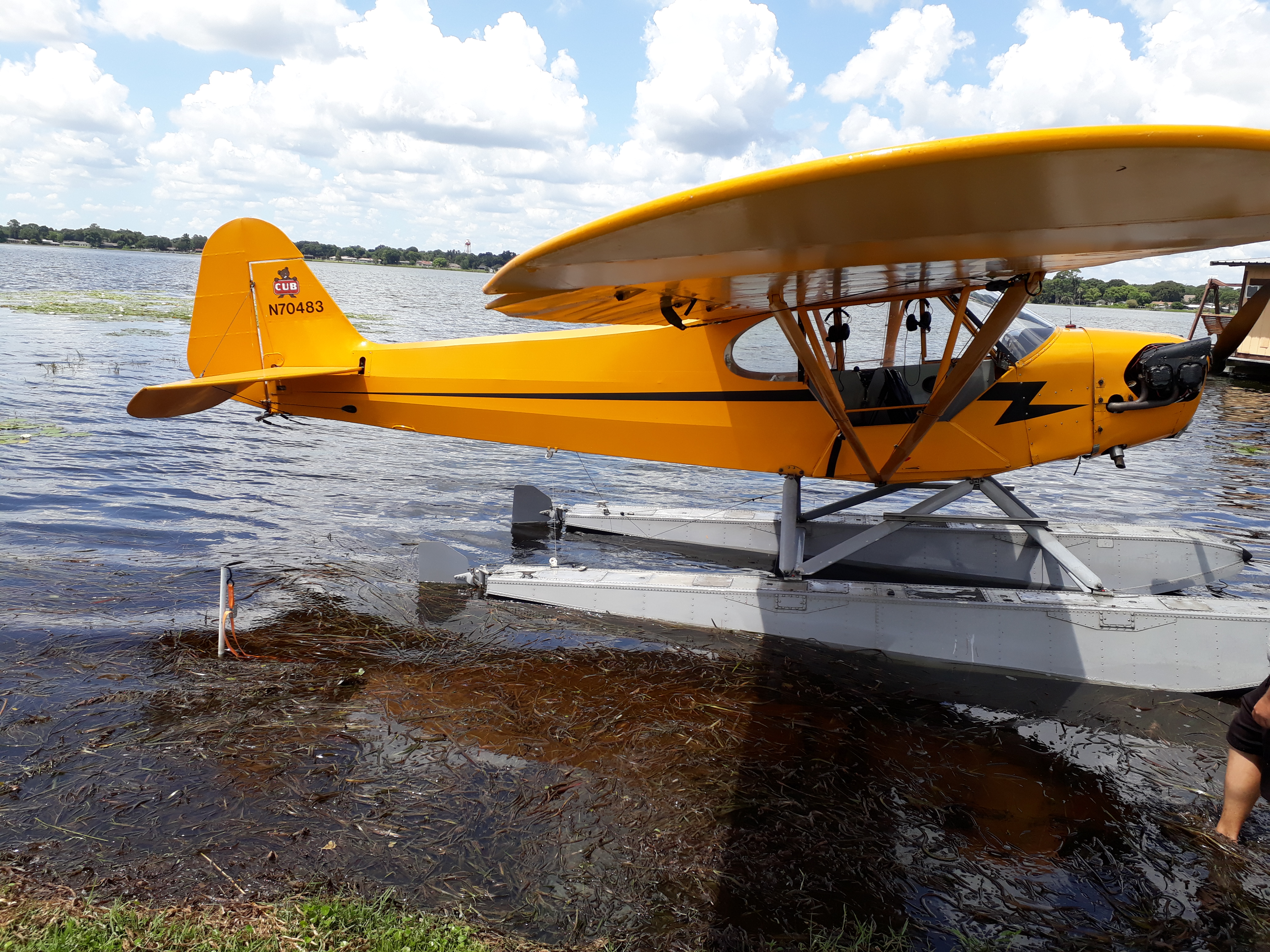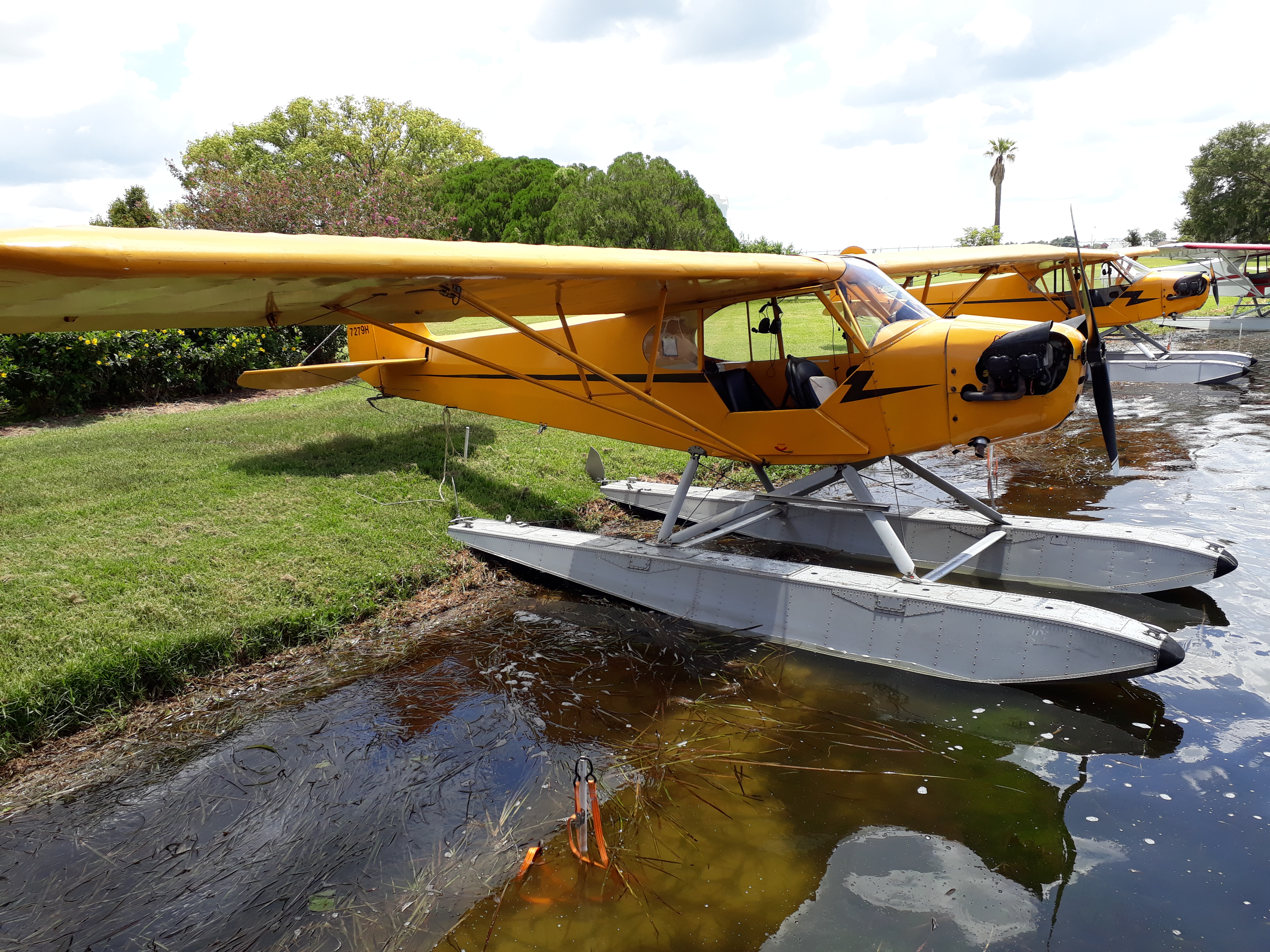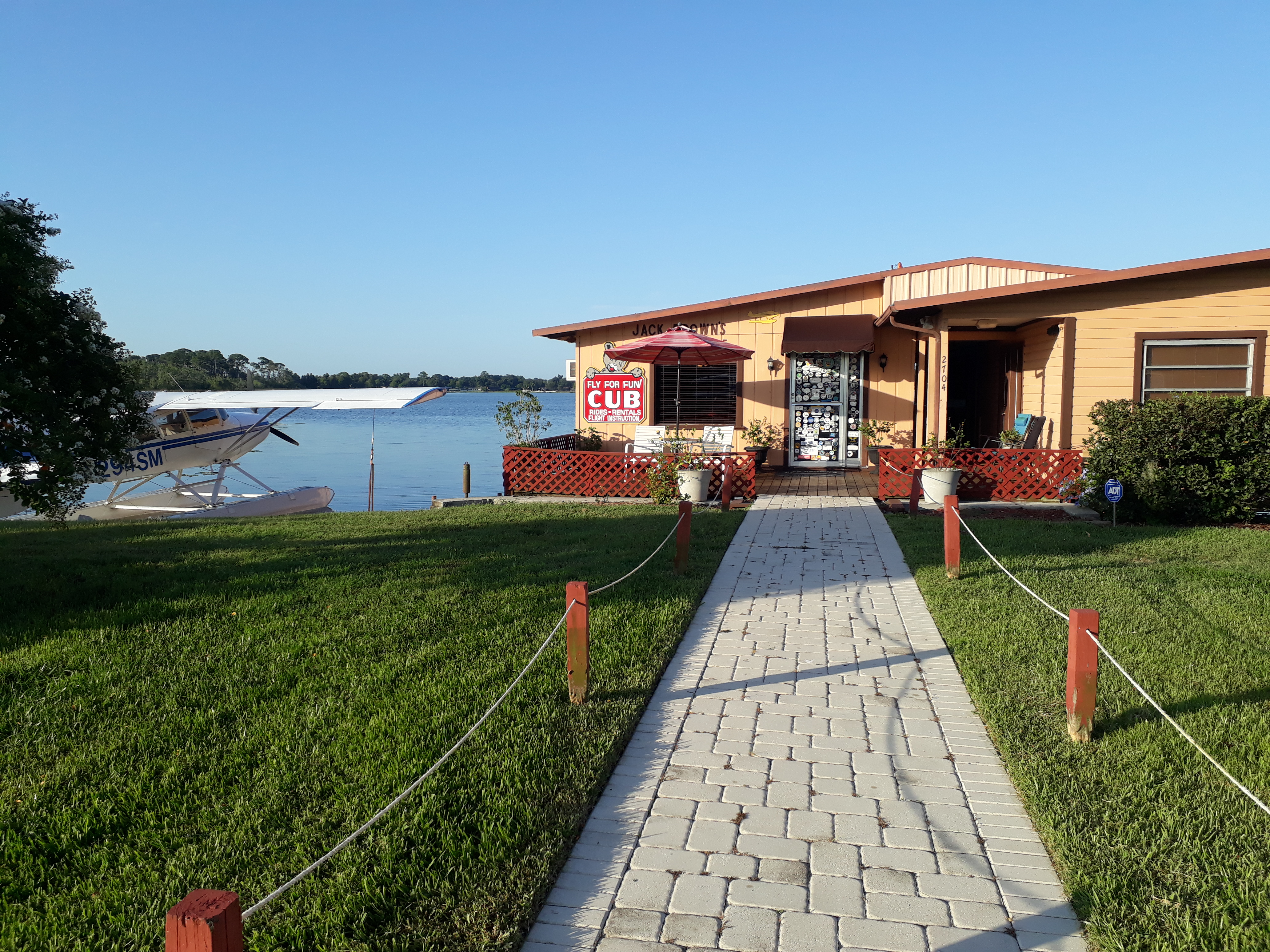Now I am studying theory for the EASA ATPL exams, and sometimes it is very tiring and boring (sometimes it is fun though). Anyway, I decided to take a small vacation and go flying (I am a pilot, right?)
I mentioned that I have been training for my IPC, and since I am in the US it makes sense to have some fun apart from essential tasks. I decided to get a seaplane rating. It still counts towards my total time, but adds a very different experience.
I’ve chosen Jack Brown’s Seaplane Base due to good reviews and very nice and clear communication. The costs are also not so high in Florida, and the school is not so far from the place I am doing my IPC.
They offer training in different airplanes, and I’ve chosen the least expensive one – Piper J3 Cub. It’s light and easy to fly, and I suppose it’s perfect for initial training.

I don’t have enough words to describe the experience, it’s absolutely unique and amazing. Piper Cub does not have an attitude indicator and turn coordinator, only CDI, ASI and RPM meter. I asked my instructor just in case if there is an attitude indicator, he laughed and replied: “look out of the window – isn’t that enough for you?” =) It’s true stick-and-rudder flying!

I have some tailwheel experience, and this Cub flies very similar to Citabria, both in the air and on landing. During the take-off it is essential to keep the nose slightly up (but not too much), and during landing the stick should be pulled very gently and constantly.

The airplane is really slow, and out-of-engine glideslope is terrifying at first. Floats add a lot of drag and weight. But the main difference is still in taxiing, take-off and landing.
For example, there is a step taxi procedure, when the aircraft lifts a little bit allowing the wings to carry some load, but still maintaining contact with the water surface. It’s like a high-speed boat ride. Taxi turns in this mode are frightening at first – it looks like the plane is ready to rollover, but in reality it does not even bank, just sliding.
It’s possible to turn almost in-place, like in a sailboat. A lot of fun.
Probably some of you are curious how to do a run-up without stepping on the brakes. So, it’s perfectly possible, the only difference is that the airplane is moving, so make sure that you have enough space ahead 🙂
As I already mentioned there is no attitude indicator, turn coordinator and GPS, so the visual piloting skills are essential. The landing is also some more tricky – seaplane is much less tolerant to high vertical speed on landing than the cessna trainer. The water seems soft, but in reality it is not, and it is also somewhat ‘sticky’.
Another fun is a confined area takeoff. It is the procedure when you start the takeoff with a crosswind and slowly turning into the wind upon gaining speed. There is no runway on the lake, so it is perfectly possible and useful if the lake is not so big.
One of the most complicated maneuvers is a glassy water landing. When you try to land on a glassy surface you cannot really fell the height, and it’s possible to either flare too early or meet the water with a high vertical speed, so you should not flare as usual. Instead you should find a landmark where you still see the ground, then keep the landing attitude and wait for it. Probably wait for it pretty long, but it’s the safe way to meet the surface with low vertical speed and proper attitude. That requires longer landing distance.
Sometimes it is impossible to find a landmark. In that case it’s possible to fly closer to the shoreline and use it as an altitude perception. It it is not an engine-out landing, better to configure the airplane for landing earlier – it will take more distance to land, but it is safer. And never ever use a glassy water as a surface reference.
Apart from glassy surface, the landing is almost as in a landplane: watch the ground, flare, touchdown.

I highly recommend this experience for every pilot. It is usually not what we have during flight school (like out-of-aerodrome takeoffs and landings and pure stick-and-rudder flying). Have fun and fly safe!
Leave a Reply